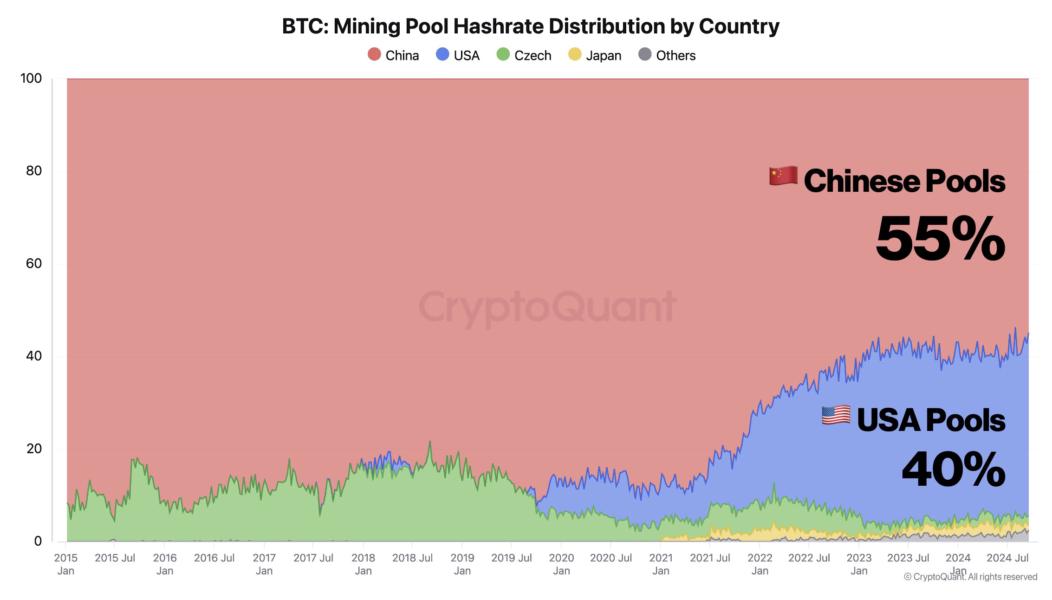As the dust settles on the introduction of the first U.S. exchange-traded funds (ETFs) holding Bitcoin, the spotlight turns to the persistent issue of market liquidity—or the lack thereof. Despite billions of dollars coursing through these ETFs since their inception, the ease of trading Bitcoin hasn’t seen the anticipated uptick. In the volatile dance of digital currency, liquidity plays the leading role, determining how gracefully or clumsily Bitcoin can move through the market. Without it, the cryptocurrency is more susceptible to the whims of large trades and potential market manipulation, making for a tumultuous investment environment.
The Liquidity Conundrum
The arrival of spot Bitcoin ETFs on the scene was met with a mix of enthusiasm and skepticism. While these financial instruments were hailed as a positive development for market sentiment, their impact on liquidity has been less than significant. The crypto market, still reeling from the shockwaves of 2022’s tumult, finds itself in a liquidity limbo.
The void left by the collapse of heavyweight market maker Alameda Research, alongside FTX, has yet to be filled, leaving a noticeable gap in the market’s depth. This gap, referred to as the “Alameda Gap,” has made the market all the more susceptible to volatile swings, with Bitcoin’s price seeing significant fluctuations in the wake of the ETFs’ debut.
Market depth, a key measure of liquidity, remains tepid at best. With top market-making firms like Jane Street Group and Jump Crypto dialing back their crypto trading activities, the market’s ability to absorb large trades without significant price impacts has diminished. This withdrawal of major players has left a vacuum that smaller firms have rushed to fill, but their efforts are akin to using a band-aid to stem a hemorrhage; effective in calm waters but easily overwhelmed when the market’s volatility storms hit.
A Volatile Symphony
Bitcoin’s price movements have been nothing short of a rollercoaster ride, with the digital asset experiencing wild price swings that serve as a stark reminder of the market’s fragility. The recent dip to $38,555, followed by a rebound above the $40,000 mark, is a testament to the market’s jittery nature. These fluctuations have triggered a domino effect of liquidations in the derivatives market, exacerbating the volatility.
The narrative is further complicated by the conversion of the Grayscale Bitcoin Trust to an ETF, which has seen significant redemptions and added to the market’s instability. The impact of these redemptions on Bitcoin’s price cannot be overstated, with large volumes of GBTC being liquidated, putting additional downward pressure on Bitcoin.
Adding fuel to the fire, the specter of regulatory scrutiny looms large over the market. The investigation into Digital Currency Group CEO Barry Silbert, and by extension, the practices surrounding Grayscale’s Bitcoin holdings, casts a long shadow over the market, contributing to the uncertainty and volatility.
As Bitcoin navigates these choppy waters, the market remains on edge, wary of the next wave that could send prices tumbling. The promise of ETFs bringing stability and liquidity to the Bitcoin market seems to have been premature, with the underlying issues of market depth and regulatory uncertainty continuing to stoke the flames of volatility. The crypto market, it seems, is still searching for its equilibrium, with investors and traders alike bracing for the next twist in this high-stakes drama.





